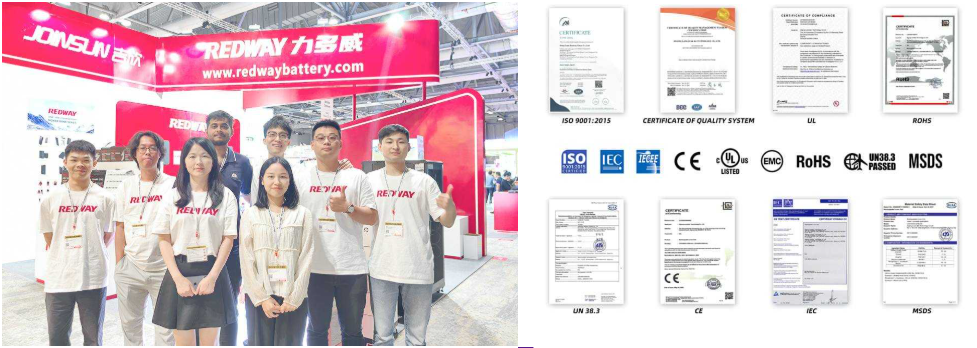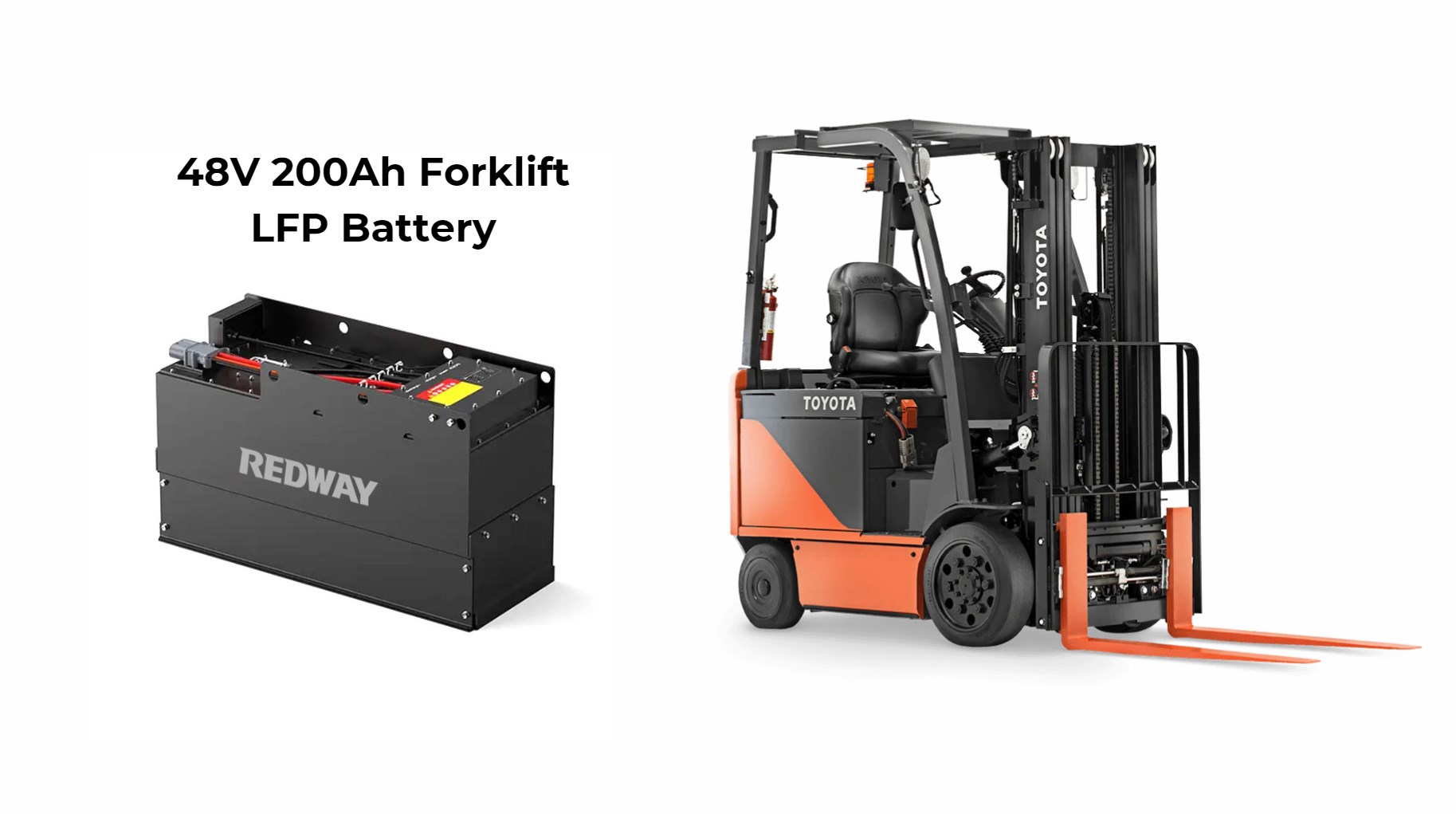Restoring a forklift battery involves a series of steps aimed at rejuvenating its capacity and extending its lifespan, particularly for lead-acid batteries commonly used in forklifts. This guide provides detailed instructions on how to restore a forklift battery safely and effectively, ensuring optimal performance in your operations.
Forklift battery restoration involves cleaning and repairing the battery to improve its performance and extend its life. This process is important because it can save money by reducing the need for new batteries and helps keep the environment clean by minimizing waste.
What Is Forklift Battery Restoration and Why Is It Important?
Forklift battery restoration is the process of cleaning, repairing, and balancing battery cells to enhance efficiency. It’s important because it can save costs on new batteries, extend battery life, and reduce environmental waste.
Wholesale lithium golf cart batteries with 10-year life? Check here.
Chart: Benefits of Forklift Battery Restoration
| Benefit | Description |
|---|---|
| Cost Savings | Reduces need for new battery purchases |
| Extended Lifespan | Increases usable life of existing batteries |
| Environmental Impact | Decreases waste by prolonging battery usage |
What Are the Signs That a Forklift Battery Needs Restoration?
Signs that a forklift battery needs restoration include low voltage, slow charging, visible corrosion, and reduced power during operation. If you notice these issues, it’s time to consider restoring the battery.
Want OEM lithium forklift batteries at wholesale prices? Check here.
What Safety Precautions Should Be Taken When Restoring a Forklift Battery?
When restoring a forklift battery, wear protective gear like gloves and goggles. Work in a well-ventilated area to avoid harmful gases. Ensure all tools are insulated to prevent shocks, and never work near open flames.
Know More:
How Can You Safely Replace Forklift Batteries?
How to Replace Electric Forklift Batteries Safely and Effectively?
How to Effectively Restore a Forklift Battery?
Where Can You Find Reliable Forklift Battery Repair Near Me?
What Tools and Materials Are Needed for Restoration?
Essential tools and materials for restoring a forklift battery include insulated wrenches, multimeters for voltage testing, cleaning agents (like baking soda), distilled water for refilling cells, safety gear, and possibly desulfation equipment if needed.
Essential tools for restoring a forklift battery include:
- Safety goggles and gloves
- A voltmeter for checking voltage
- Cleaning agents for terminals
- A hydrometer for checking specific gravity
- Replacement cells if needed
How Do You Prepare the Forklift Battery for Restoration?
Preparation involves safely disconnecting the battery from the forklift, performing an initial inspection for visible damage or corrosion, checking voltage levels with a multimeter, and ensuring you have all necessary tools at hand before starting work.
To prepare the forklift battery for restoration, turn off the forklift and disconnect the battery. Clean the terminals with a neutralizing agent to remove corrosion and ensure safe working conditions.
What Steps Are Involved in the Restoration Process?
The restoration process typically includes:
- Visual Inspection: Check for any visible damage or corrosion.
- Voltage Testing: Use a multimeter to assess each cell’s voltage.
- Cleaning: Neutralize acid spills using baking soda mixed with water; clean terminals thoroughly.
- Cell Replacement: Replace any dead or significantly weakened cells.
- Acid Adjustment: Refill cells with distilled water to appropriate levels.
- Equalization Charge: Apply an equalization charge to balance cell voltages.
- Final Inspection: Ensure all connections are secure before reconnecting.
Chart: Typical Steps in Forklift Battery Restoration
| Step | Description |
|---|---|
| Visual Inspection | Check for damage or corrosion |
| Voltage Testing | Assess health of each cell |
| Cleaning | Remove acid buildup from terminals |
| Cell Replacement | Swap out any dead cells |
| Acid Adjustment | Refill with distilled water |
| Equalization Charge | Balance voltages across all cells |
How Do You Test the Battery After Restoration?
After restoration, test the battery by checking its voltage with a voltmeter and performing a load test to see if it can handle operational demands effectively.
What Should You Do with a Battery That Cannot Be Restored?
If a battery cannot be restored, dispose of it properly according to local regulations. Many areas require batteries to be taken to recycling centers or hazardous waste facilities due to their toxic materials.
How Can Regular Maintenance Prevent Battery Degradation?
Regular maintenance can prevent battery degradation by ensuring proper watering, cleaning terminals, checking voltage levels, and avoiding overcharging. This proactive approach helps extend the life of the battery.
What Are the Environmental Considerations When Disposing of Old Batteries?
When disposing of old batteries, follow environmental regulations to prevent toxic chemicals from leaking into the environment. Recycling is often required to minimize waste and promote sustainability.
How Does Sulfation Affect Forklift Battery Performance?
Sulfation occurs when lead sulfate crystals build up on battery plates, reducing capacity and efficiency. This can lead to poor performance and shorter battery life if not addressed through proper maintenance or restoration techniques.
Conclusion
Restoring a forklift battery is an effective way to enhance its performance and prolong its lifespan while minimizing costs associated with new batteries. By following this comprehensive guide on how to restore your forklift batteries safely and effectively, operators can ensure optimal functionality in their material handling operations.
Expert Views
“Battery restoration is not just about saving money; it’s about sustainability,” states an expert from Redway. “By understanding how to properly restore forklift batteries, businesses can reduce waste while maintaining efficient operations.”
FAQ Section
- What are common signs that indicate my forklift battery needs restoration?
Common signs include decreased performance, shorter run times, visible corrosion on terminals, electrolyte leaks, and significant sulfation buildup. - What tools do I need for restoring my forklift battery?
Essential tools include insulated wrenches, multimeters for voltage testing, cleaning agents like baking soda, distilled water for refilling cells, safety gear, and desulfation equipment if necessary. - How often should I perform maintenance on my forklift batteries?
Regular maintenance should be performed monthly; however, more frequent checks may be necessary based on usage patterns.






